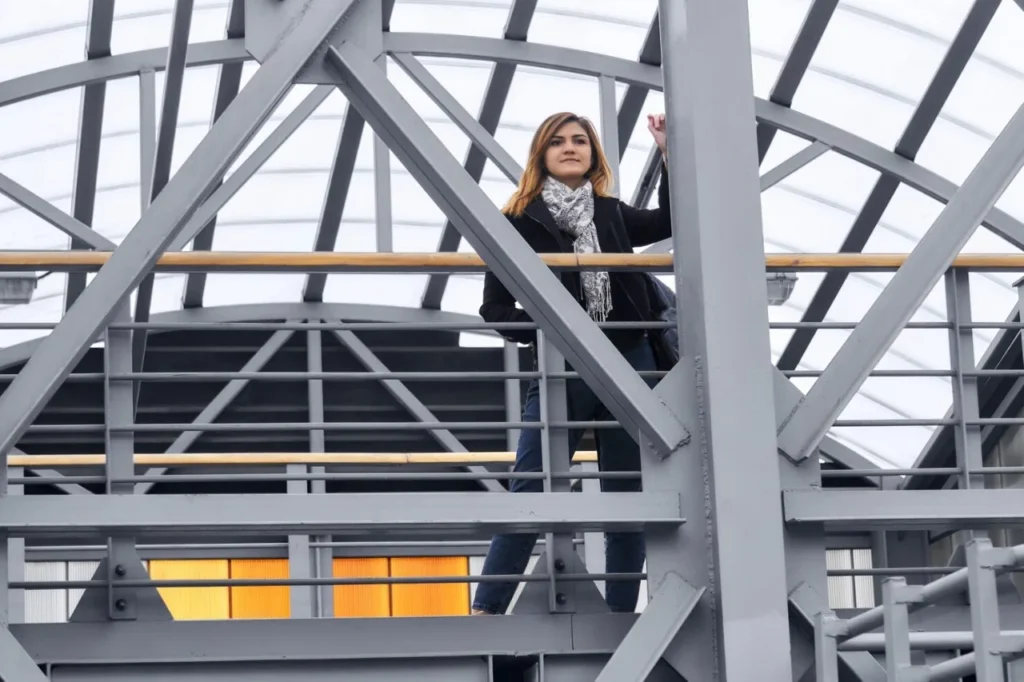Introduction to Steel Community Buildings
Steel community buildings forge the future of infrastructure, providing robust and adaptable solutions for various community needs. From recreation centers and sports facilities to educational blocks and cultural halls, the use of steel community buildings has crossed traditional boundaries, offering an unparalleled mix of strength and versatility. This transformation is not just a fleeting trend but a substantive shift towards more practical and renewable construction processes. The extraordinary structural properties of steel have allowed it to thrive in a myriad of applications. Actually, the resilience of steel against harsh environmental conditions makes it an ideal choice for long-lasting community structures. As communities worldwide aim for sustainable growth, the adoption of steel in their infrastructure projects speaks volumes of its benefits and longevity.
Benefits of Steel as a Building Material
Steel’s reputation as a premier building material is well-deserved, benefiting from a remarkable strength-to-weight ratio that surpasses many other construction materials. This superiority facilitates the creation of vast, open spaces without the need for cumbersome support structures, providing architects with a blank canvas for creativity. Furthermore, a study on steel’s durability reveals its ability to endure climatic extremes, ensuring that buildings remain safe and functional over time. These structural benefits significantly reduce the risk of damage and maintenance costs, illustrating why steel continues to be a go-to material for reliable construction
Environmental Impact of Steel Construction
The environmental advantages of steel are a key component of its rising popularity, particularly in an era where sustainability is paramount. Steel is one of the most recyclable materials available, with the ability to be reused indefinitely without degradation of quality. This inherent property not only conserves raw materials but also decreases energy consumption associated with producing new steel. According to a report on sustainable building practices, utilizing recycled steel significantly lowers carbon emissions, aligning with global green standards and reducing the ecological footprint of construction projects. This makes steel a pivotal contributor to sustainable growth and environmentally friendly building strategies.
Cost-effectiveness and Efficiency
From an economic standpoint, steel stands out as a cost-effective option for metal community buildings projects. The streamlined construction process associated with steel buildings translates into considerable time savings, reducing on-site labor and associated costs. This efficiency doesn’t just mean a quicker project turnaround—it also limits potential disruptions to surrounding communities during construction. Moreover, the inherent durability of steel implies a reduction in long-term maintenance efforts and expenses, ensuring that community budgets remain focused on development rather than repairs. These factors collectively establish steel as an economically savvy choice for community leaders looking to maximize their investment.
Design Flexibility and Customization
When it comes to design, steel offers an extraordinary degree of flexibility and customization. Its intrinsic properties allow for the creation of both modern and traditional architectural styles, fulfilling the aesthetic requirements of diverse communities. Whether aiming for soaring open spaces or intricate, artistic designs, steel structures can be tailored to meet the unique needs of any project. Customizable elements like facade treatments, roof styles and even interior layouts mean that each building can be a true reflection of a community’s identity. This level of personalization ensures that practical goals and creative visions can harmoniously coexist.
Future Trends in Steel Building Technologies
As technology advances, so to do the possibilities with steel construction. Emerging trends like 3D steel printing and modular construction are opening new pathways for innovation. These technologies promise to enhance construction efficiency and adaptability further, revolutionizing how buildings are conceptualized and realized. The utilization of cutting-edge software to design intricate steel structures and advanced robotics to assemble them is setting the stage for a new era in construction. Embracing these innovations will allow communities to stay ahead in both sustainability and technological advancements, ensuring steel remains a pivotal part of the building landscape.
Conclusion: Why Steel Buildings Are a Smart Choice?
Steel’s role in shaping the future of community infrastructure is not merely consequential but essential. With benefits that span durability, environmental responsibility, cost-effectiveness, and unparalleled design flexibility, steel community buildings cater to the multifaceted needs of modern urban planning. As more communities recognize and embrace these advantages, steel continues to affirm its place as a cornerstone material for sustainable growth, ensuring that spaces remain functional, beautiful, and beneficial for generations yet to come.







